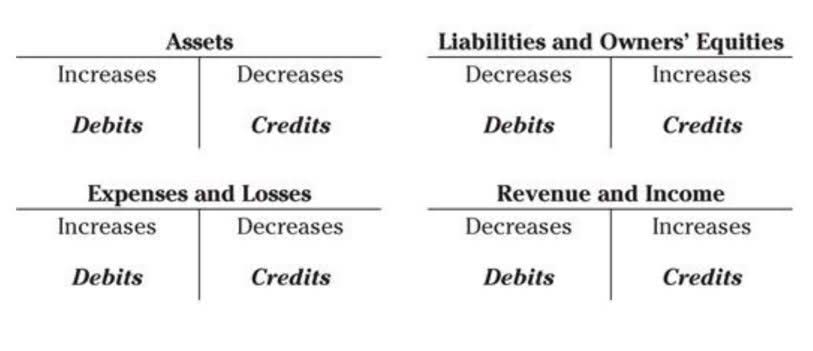
For these investors, a bear put spread can be a cost-effective hedging strategy. If a security is capable of significant price movements on a daily basis, then an option on that security that expires weeks, months, or years in the future would be considered risky and thus be more expensive. Conversely, if a security is relatively stable on a daily basis, there is less downside risk, and the option will be less expensive.

First, as indicated above, hedging is imperfect and is not a guarantee of future success, nor does it ensure that any losses will be mitigated. In this type of spread, the index investor buys a put that has a higher strike price. Next, she sells a put with a lower strike price but the same expiration date. Depending on how the index behaves, the investor thus has a degree of price protection equal to the difference between the two strike prices (minus the cost). While this is likely to be a moderate amount of protection, it is often sufficient to cover a brief downturn in the index. Derivatives are financial contracts whose price depends on the value of some underlying security.
Hedge Inventory Challenges & Solutions
The outcomes of these respective hedges would be different, of course, as each serves to achieve a different hedge objective. Futures or forwards lock in prices; put options offer downside price protection; and collars constrain the effective price or value to be within a best- case/worst-case range. An entity can mitigate the profit and loss effect arising from derivatives used for hedging, through an optional part of IAS39 relating to hedge accounting.

A buying hedge is a transaction a company engaged in manufacturing or production will undertake to hedge against possible increases in the price of the actual materials underlying a futures contract. This strategy is also known by many names including a long hedge, input hedge, purchaser’s hedge, and purchasing hedge. Hedging both the inventory and the prospective sale would effectively be hedging twice. Consider the special case where we buy 100 units of inventory on January 2 at a price of $1,000 per unit and expect to sell our goods in the second quarter by June 30. At the quarter end (March 31), assume the unit price of the inventory has fallen to $600, such that the carrying value of the inventory is written down to $60,000, fostering a $40,000 current loss.
Long-Term Put Options
So in practice, each refinery’s true economic exposure is a small fraction of its nominal exposure because of the industry structure and competitive environment. A common way of hedging in the investment world is through put options. Puts give the holder the right, but not the obligation, to sell the underlying security at a pre-set price on or before the date it expires. Hedge accounting is a method of hedge inventory accounting in which entries to adjust the fair value of a security and its opposing hedge are treated as one. Hedge accounting attempts to reduce the volatility created by the repeated adjustment to a financial instrument’s value, known as fair value accounting or mark to market. This volatility is reduced by combining the instrument and the hedge as one entry, which offsets the opposing’s movements.
